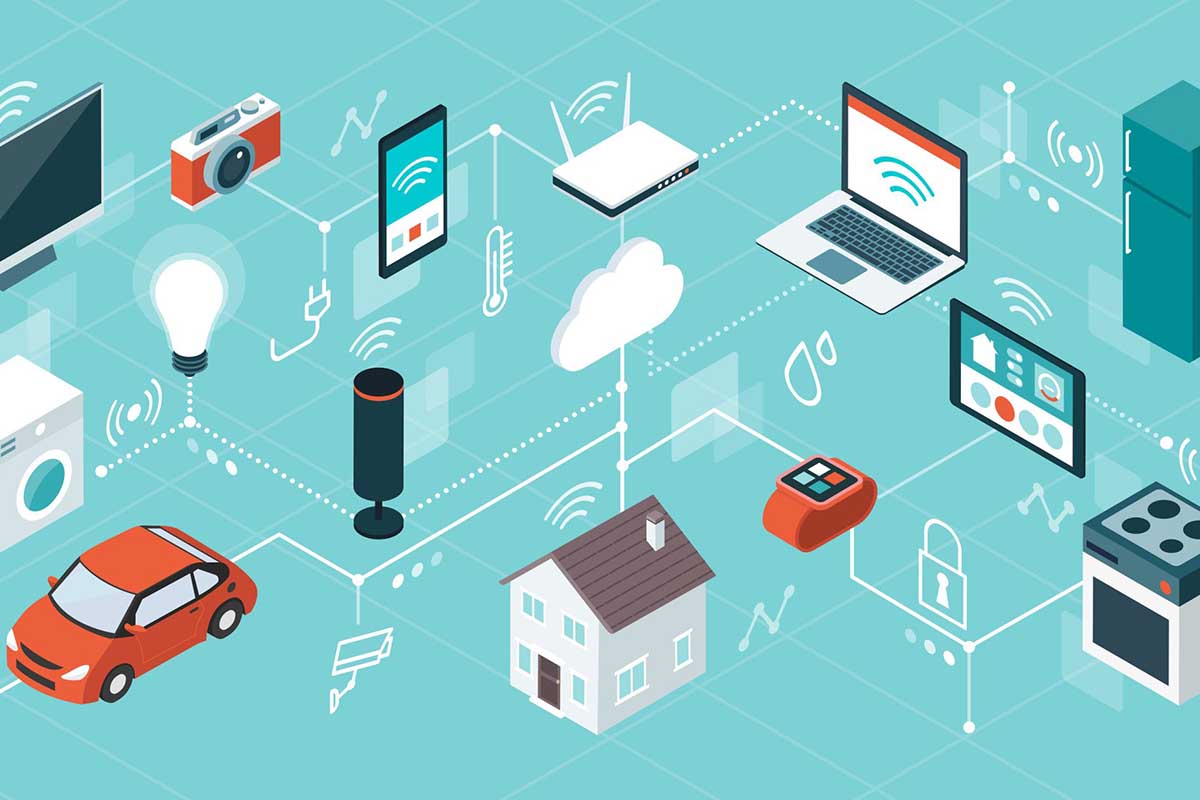The realm of computational sciences is rife with terminologies that, to the untrained ear, may sound like they’ve been plucked straight out of a science fiction novel. Among these terms, “supercomputers” and “High-Performance Computing (HPC)” are particularly noteworthy. In today’s world, where computation drives almost everything, understanding these terms is crucial. Let’s embark on a detailed exploration of what they mean and how they intersect.
What is a Supercomputer?
Supercomputers are, at their core, incredibly powerful machines designed to handle and process data at massive scales, perform complex simulations, and address problems that are beyond the capacity of regular computers.
Key Features of Supercomputers:
1.Speed: Measured in FLOPS (Floating Point Operations Per Second), supercomputers can process trillions of calculations per second.
2.Parallel Processing: Unlike traditional computers that process tasks sequentially, supercomputers can handle multiple tasks concurrently, thanks to their thousands or even millions of cores.
3.Massive Memory: Supercomputers come with vast amounts of memory (RAM) to support large-scale simulations.
4.Sophisticated Cooling Systems: Given their massive processing power, supercomputers generate a lot of heat. Advanced cooling systems prevent them from overheating.
5.Optimized Data Storage: Supercomputers have fast and large-scale storage capabilities, often in the form of parallel file systems, to store vast datasets and retrieve them efficiently.
Historically, supercomputers were monolithic machines, custom-built, room-sized giants like the Cray-1 or the IBM Deep Blue. However, as technology advanced, their size reduced significantly, although their processing prowess continued to grow exponentially.
High-Performance Computing (HPC)
HPC is a practice that aggregates computing power to achieve much higher performance than one could get from a typical desktop computer or workstation. It’s about harnessing the power of multiple computers to solve complex computational problems.
Key Aspects of HPC:
1.Clusters: HPC often involves creating a ‘cluster’ of machines, connected in a way that allows them to function as one single entity. These clusters can range from a few machines to thousands of them.
2.Parallelism: The essence of HPC is to break down a large problem into smaller parts so that each part can be computed simultaneously. This is achieved through parallel processing.
3.Distributed Computing: Sometimes, HPC systems spread computations across geographically distributed resources.
4.Scalability: HPC systems are designed to scale. As computational needs grow, more nodes can be added to the cluster.
Relationship between HPC systems and Supercomputers
Now, let’s examine the relationship between HPC and supercomputers:
1.Nature: Every supercomputer is an HPC system, but not every HPC system is a supercomputer. Think of supercomputers as the pinnacle of HPC. They represent the highest echelon of performance within the broader category of HPC systems.
2.Purpose: Both supercomputers and general HPC systems are designed to solve complex computational problems, but supercomputers are often reserved for tasks that are beyond even standard HPC clusters.
3.Accessibility: Supercomputers are fewer in number, often government or institution-owned, and focus on specialized applications like nuclear simulations or climate modeling. In contrast, HPC systems, particularly smaller clusters, are more widespread and can be found in industries, universities, and research facilities.
4.Hardware: While both HPC systems and supercomputers utilize parallel processing, supercomputers often have custom-designed components, specialized interconnects, and architectures optimized for the most demanding tasks.
High-Performance Computing (HPC) has rapidly evolved to become a pivotal force behind numerous scientific, research, and commercial endeavors. From predicting weather to designing pharmaceutical drugs and simulating financial models, HPC systems provide the computational horsepower required for these complex tasks. But before we dive into the future of HPC, it’s essential to understand its building blocks, particularly the diverse range of HPC cluster sizes.
Typical HPC Cluster Sizes:
HPC cluster sizes are generally categorized based on their computational power, the number of nodes, and their intended use cases. Let’s explore some typical sizes:
Small Clusters:
Nodes: 2-16 nodes
Use Case: Often found in small enterprises or research departments. Suitable for development, testing, or small-scale simulations.
Example: A university research department analyzing genomic data.
Mid-sized Clusters:
Nodes: 17-64 nodes
Use Case: Employed for medium-scale computational tasks in larger organizations or specialized research institutions.
Example: An automotive company using HPC for car crash simulations.
Large Clusters:
Nodes: 65-1,000 nodes
Use Case: Suitable for large-scale simulations, data analysis, and complex modeling tasks.
Example: National meteorological institutions forecasting weather patterns.
Massive or Supercomputer-sized Clusters:
Nodes: 1,000 to 100,000+ nodes
Use Case: Undertaking massive computational tasks like nuclear simulations, understanding cosmic events, or predicting climate changes over decades.
Example: The Summit supercomputer at the Oak Ridge National Laboratory.
Cloud-based HPC Clusters:
Nodes: Highly variable, potentially scaling to thousands of nodes
Use Case: Offers flexibility and scalability on-demand without the upfront infrastructure costs. Suitable for variable workloads or projects.
Example: A financial institution employing cloud-based HPC for risk analysis during market turbulence.
HPC Outlook:
As we look towards the future, several trends and shifts are poised to shape the trajectory of HPC:
Democratization of HPC: With the advent of cloud computing, HPC resources are becoming more accessible. Small businesses, researchers, and even individual developers can now tap into HPC resources without massive capital investments.
HPC and AI Convergence: HPC and Artificial Intelligence (AI) are increasingly interwoven. HPC provides the computational power that AI models, especially deep learning, require, while AI can optimize HPC operations.
Quantum HPC: Quantum computing, although in its nascent stages, promises unparalleled computational speeds. The intersection of quantum mechanics and HPC could revolutionize fields like cryptography, material science, and complex system simulations.
Green HPC: Energy efficiency is becoming a crucial consideration. Future HPC systems will not only be judged by their computational prowess but also by their power consumption and overall sustainability.
Exascale Computing: The race to achieve exascale computing (a billion billion calculations per second) is intensifying, promising to break new frontiers in computational capabilities.
Enhanced Interconnectivity: As data becomes the new oil, moving it efficiently within HPC systems is paramount. Advanced interconnect solutions will play a crucial role in future HPC architectures.
Resilience and Reliability: As HPC clusters grow in size and complexity, ensuring their continuous operation without failures becomes a challenge. Research into making these systems more resilient to faults and errors is ongoing.
Conclusion
In the grand tapestry of computational science, supercomputers are the shining stars, capturing headlines with their incredible power. They’re the titans tasked with the most challenging computational problems humanity faces. However, in the broader landscape of high-performance computing, there are countless systems, large and small, working diligently behind the scenes, driving research, innovation, and progress in myriad fields.
Understanding the nuanced distinction and relationship between supercomputers and HPC allows one to appreciate the depth and breadth of modern computational capabilities and the endless possibilities they herald for the future.




